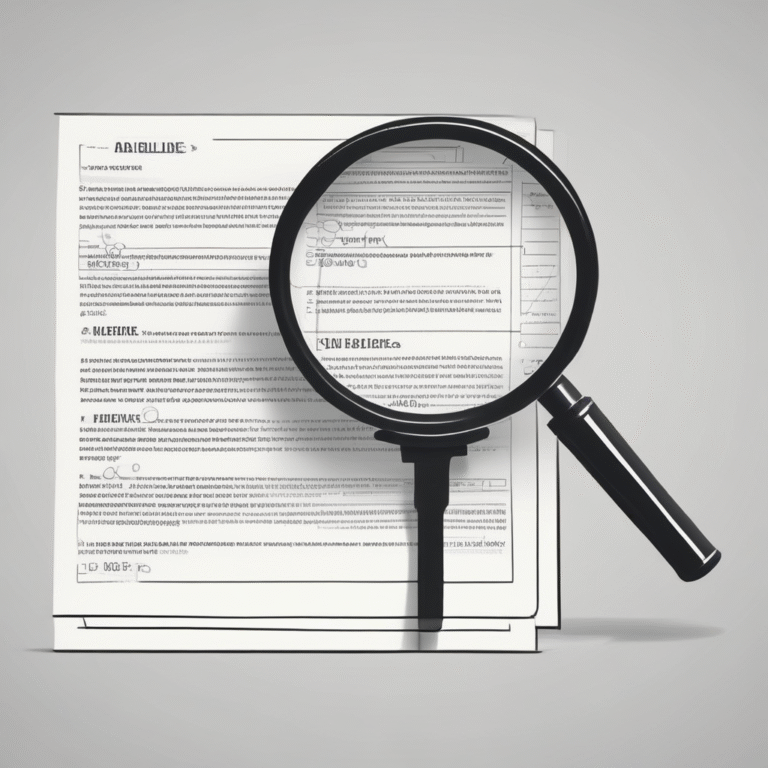Responsible AI in Practice: Understanding the Voluntary AI Safety Standard
In an era dominated by automation and intelligent systems, Artificial Intelligence (AI) has transitioned from an emerging technology to an integral part of our daily lives. It powers various tools, from chatbots to content recommendation systems. As AI capabilities expand, the pressing question shifts from what AI can achieve to how responsibly it is utilized.
In response to this growing concern, a significant initiative was rolled out: the Voluntary AI Safety Standard (2024), introduced by the Australian Government. This framework is crafted to assist organizations of all sizes in the safe and ethical development and deployment of AI systems. It serves as a timely reference particularly for small and medium enterprises, which may lack extensive ethics teams yet wield considerable influence through their AI applications.
Translating Guidelines into Action
The Voluntary AI Safety Standard encompasses 10 guiding principles—referred to as “guardrails”—that organizations should adhere to in their AI practices. Below are three pivotal guardrails:
1. Accountability (Guardrail 1)
Establishing a clear owner for AI usage is essential—typically the lead developer. Organizations should formulate an AI strategy that aligns with their business objectives, document responsibilities, and provide foundational AI training for staff. This approach fosters an environment of trust and clarity within the organization.
2. Human Oversight (Guardrail 5)
Even advanced AI systems, such as chatbots, require monitoring to prevent the dissemination of poor advice. Organizations must implement intervention mechanisms to ensure that a human can step in when the AI’s suggestions venture into sensitive or precarious areas, such as legal or health-related advice.
3. Redress Mechanisms (Guardrail 7)
It is crucial for users to have the ability to challenge AI decisions. Organizations should establish straightforward processes for feedback and complaints, enabling the review of AI’s role in decision-making and the implementation of corrective measures when necessary.
A Global Momentum Toward Safer AI
The Australian initiative reflects a broader global movement towards ensuring that AI is transparent, fair, and human-centered. Notable developments around the world include:
- The EU AI Act, which introduces binding obligations for high-risk AI systems.
- The Bletchley Declaration, endorsed by over 25 nations, advocating for international collaboration on frontier AI risks.
- The OECD AI Principles, which emphasize explainability, robustness, and accountability.
While these frameworks vary in their enforcement mechanisms, they share a unified message: trustworthy AI is no longer optional—it is a necessity.
Why It Matters for Everyday Businesses
Organizations do not need to be industry giants like OpenAI or Google to prioritize AI safety. Any entity leveraging AI—whether for customer interactions or basic analytics—has an inherent responsibility to:
- Assess risk based on their unique use case and the potential impact.
- Disclose AI use transparently to users.
- Keep humans involved in the decision-making process.
- Document and review decisions regularly.
Prioritizing these practices transcends mere compliance; it is integral to building confidence in products, brands, and overall integrity. Companies that adopt an ethical approach are likely to lead the market in the long run.
The journey towards responsible AI does not commence with regulatory mandates—it begins with a commitment to values. Frameworks like the Voluntary AI Safety Standard provide more than just checklists; they offer a blueprint for trust, relevance, and resilience in an ever-evolving digital landscape.
As AI continues to shape our lives and work environments, it is imperative that we ensure it evolves with a human-centered approach.










